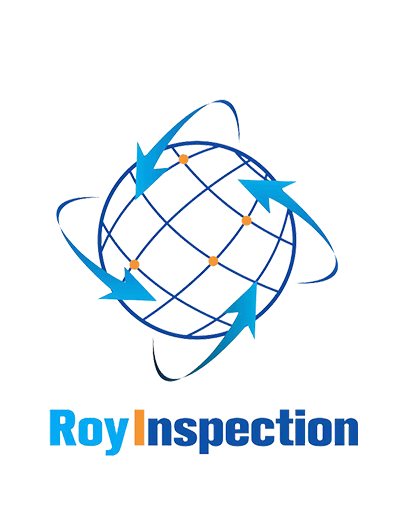IntroductionBabies require a lot of care and attention, which means that new parents may become overwhelmed with the sheer number of baby products available. From cribs to strollers to bottles, there are many baby products to choose from. In this article, we will give you an overview of the most important baby products that every new parent should know about.Baby ClothingWhen it comes to baby clothing, you will want to make sure that your baby is comfortable and warm. Clothes that are too tight can be uncomfortable, and those that are too loose can pose a safety hazard. Look for clothes that are made from soft, breathable materials, like cotton.Baby FurnitureBabies need a lot of furniture, including cribs, changing tables, and high chairs. When selecting baby furniture, make sure it is sturdy, durable, and meets all safety standards. Keep in mind that some baby furniture, such as cribs, may need to be replaced as your baby grows.Baby GearBaby gear includes items like strollers, car seats, and baby carriers. These products are essential for transporting your baby safely and comfortably. Choose gear that is easy to use and fits your lifestyle.Baby Feeding ProductsFeeding your baby is one of the most important things you will do as a new parent. Choose bottles, nipples, and breast pumps that are safe, easy to use, and fit your lifestyle. Whether you choose to breastfeed or bottle-feed, make sure you have the supplies you need to make the experience as comfortable as possible for both you and your baby.Baby Bath ProductsBathing your baby can be a fun and bonding experience, but it can also be stressful if you don't have the right products. Look for products that are gentle on your baby's skin, like baby shampoo, soap, and lotion. Also, make sure you have a soft, absorbent towel to dry your baby.Baby Diapering ProductsDiapers are a staple of parenthood, and you will go through a lot of them in the first few months. Look for diapers that fit your baby well and are absorbent. You will also need wipes, diaper rash cream, and a diaper bag to carry all of your supplies.Baby Safety ProductsSafety is the top priority when it comes to your baby. Look for products like baby monitors, safety gates, cabinet locks, and outlet covers to keep your baby safe and secure. Make sure all products meet safety standards and are properly installed.Baby ToysToys are important for your baby's development and provide a source of entertainment. Choose toys that are age-appropriate, safe, and engaging. Look for toys that encourage learning and development, like rattles, mobiles, and teething toys.Baby Health ProductsYou want to keep your baby healthy and happy, and that means having the right health products on hand. Look for items like a thermometer, basic first aid kit, and baby nail clippers. Make sure you have any prescription medication your baby may need, and develop a relationship with a pediatrician you trust.ConclusionHaving a baby is a wonderful and exciting experience, but it can also be overwhelming. By understanding the most important baby products, you can feel confident in your ability to care for your new bundle of joy. Remember to choose products that are safe, easy to use, and fit your lifestyle, and don't be afraid to ask for help or advice along the way.baby products, baby clothing, baby furniture, baby gear, baby feeding products, baby bath products, baby diapering products, baby safety products, baby toys, baby health productsThe Ultimate Guide to Baby ProductsDiscover the essential baby products you need to take care of your new bundle of joy. From clothing to safety, we have you covered.Quote InquiryContact us!










